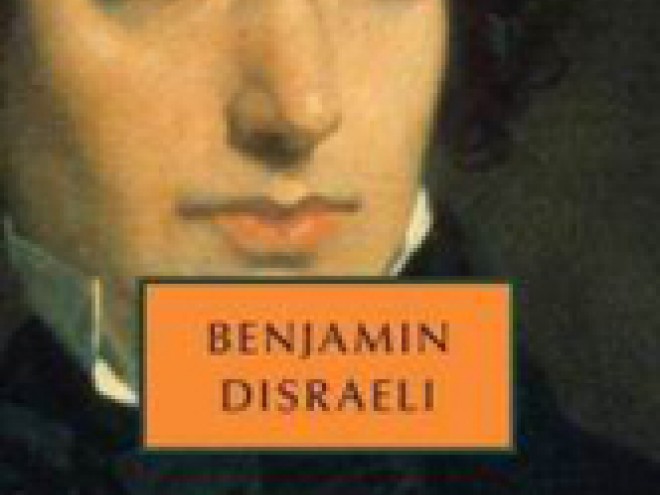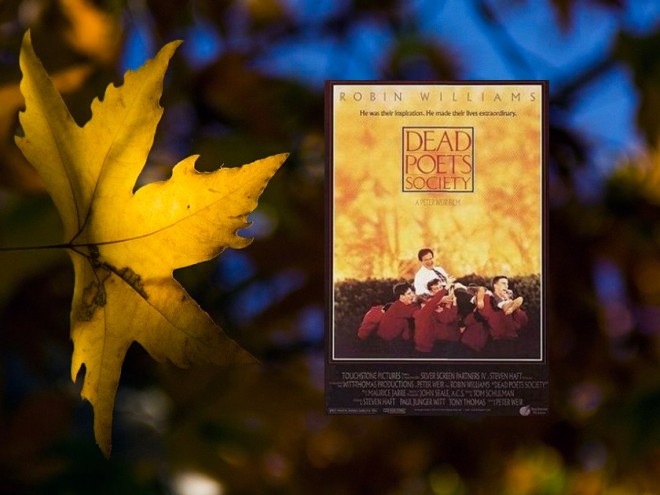Much has been written about the inseparable bond between the Jewish people and their literature. Often called the “People of the Book” — a phrase originally used in the Koran to describe both of Islam’s sister religions — the Jewish people have adopted this title as an honor. Indeed, historians have suggested that it is this eternal relationship to literature that keeps the Jewish people alive and Jewish identity vibrant.
Adam Kirsch’s new book, The People and the Books, is a close reading of eighteen influential pieces of Jewish literature from across the ages. His selections include the Bible as well as works of philosophy, history, ethics, autobiography, and mysticism. Kirsch begins with a preface that outlines his observations in bringing these books together: “Perhaps the most striking thing that emerges from reading these books together is the remarkable continuity of Jewish thought, despite all the catastrophes and ruptures of Jewish history. From the biblical Book of Deuteronomy in the seventh century BCE to the works of the Yiddish master Sholem Aleichem in the twentieth century CE, a few subjects preoccupy every kind of Jewish writer. They might be reduced to four central elements: God, the Torah, the Land of Israel, and Jewish people.”
The People and the Books is divided into fourteen chapters. Kirsch reviews the eighteen books in chronological order and connects each analysis to those that precede it. In chapter six, Kirsch considers the Itinerary of Benjamin of Tudela by the Spanish-born traveler of the same name and the Kuzari by poet and philosopher Yehudah HaLevi. Benjamin’s memoir recounts his travels across the Jewish communities of the twelfth century, including his visit to Tiberias and the grave of Yehudah HaLevi. In his analysis, Kirsch connects the themes of these works; both explore the life of Jews under Muslim and Christian rule and are resonant with the Jewish yearning for a return to the Land of Israel.
In chapter thirteen, entitled “If You Will It,” Kirsch explores The Jewish State and Old New Land by Theodore Herzl. The chapter fluently blends Herzl’s biography, his vision for the first modern Jewish State, and an in-depth analysis of these two works. Kirsch’s reading is comprehensive and balanced, recognizing both the enormous innovation and the naiveté in Herzl’s ideas.
The final chapter of The People and the Books is a close reading of Tveye the Dairyman by the nineteenth-century Yiddish writer Sholem Aleichem. It is through this final reading that Kirsch brings us full circle in his discussion of Judaism’s central themes, demonstrating they are reflected in modernity. “The Tevye stories, then, carry us to the very brink of the Jewish world we inhabit today. For the Holocaust, the State of Israel, and the emergence of American Jewry define the constellation of Judaism in the twenty-first century,” writes Kirsch. “They set the terms of our thinking about God and providence, peoplehood and sovereignty, assimilation and chosenness, catastrophe and redemption. These themes, however, are not creations of the modern world. On the contrary, to read the books that have defined Jewish history is to realize that all these issues have been part of Judaism from the very beginning.”
The People and the Books is an entertaining and enlightening review of eighteen classic works and, at the same time, Judaism’s most important ideas and ideals. It deserves to be on the Jewish bookshelf along with the eighteen books it opens for its reader.
Related Content:




